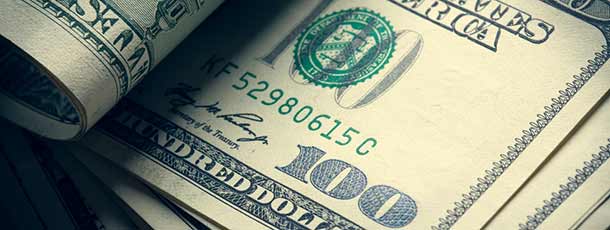The Euro to US Dollar (EUR/USD) exchange rate fell on Wednesday as Greece announced that it would not be requesting an extension to its bailout programme until tomorrow, and as positive manufacturing data out of the US buoyed the ‘Greenback’.
The Euro had been firmer throughout much of the session on expectations that Greece would request an extension of its loan agreement. With the funding deadline of February 28, fast approaching economists had been hoping that the need for a deal to be reached would ease. The Greek government is now expected to request a six-month extension on Thursday.
The Greeks are insisting that they will not cave into demands to continue austerity measures whilst the Germans have warned that no deal will be reached as Greece cannot separate its loan from its bailout commitments.
The Euro to US Dollar Exchange Rate Hit a Session Low of 1.134
Also weighing upon the single currency was data, which showed that construction output across the Eurozone fell for a second consecutive month in December. Output in the sector declined by 0.8% on a month on month basis, adding to the 0.5% decline recorded in November. On an annual basis, construction activity declined by 3.5%, the first drop seen in three months.
Among EU states, Hungary, Czech Republic and Germany logged the worst monthly decrease in construction output, while Romania, Italy and Poland registered the biggest increases.
US Dollar Higher Despite Data
The US Dollar advanced as investors look ahead to the release of the minutes from the Federal Reserve’s February policy meeting. Economic data out of the world’s largest data widely disappointed as it showed that US producer prices fell more than expected last month.
According to the Washington based Commerce Department, producer prices fell by 0.8% in January, a sharper fall than the 0.4% expected and added to the 0.3% decline seen in December.
Another report showed that the number of building permits issued last month fell by 0.7%. Economists had been forecasting for a rise of 0.8%. The data also showed that the number of housing starts in the US fell by 2%.
Despite those weak reports, the ‘Greenback’ found support from a report, which showed that manufacturing output rose modestly in the first month of the year. Annual manufacturing production rose by 5.6%. On a monthly basis, industrial production improved by 0.2%, below expectations for a figure of 0.3%.
The Euro is expected to soften further ahead of this evening’s publication of the Federal Reserve minutes.



